By Adriana Zuniga
07/30/19 07:18:pm
Environmental justice issues involve the unequal distribution of vegetation and greenspace in general in cities. Lack of vegetation means higher temperatures, enhanced urban heat island effect, and higher risk of flooding – impacts that are likely to increase in intensity and frequency with climate change. These impacts directly affect transportation, where people walking or using public transportation are negatively affected.
For the past two years, I have helped lead a community engagement project, around green infrastructure (GI) in Tucson, Arizona for the project Tucson Verde Para Todos. As part of these efforts, funded by the Haury Program in Environment and Social Justice and the University of Arizona’s Green Fund Program, our team has facilitated dialogues with government officials, neighborhood leaders, NGOs and business leaders, around GI planning, design and implementation.
For this project, we have looked at transportation issues, including pedestrian and bicycle infrastructure, and bus shelters. Lack of pedestrian and bicycle infrastructure, combined with a lack of vegetation and a smaller number of people having access to a car, results in unjust transportation systems, where low-income families are disproportionately affected. In these areas, walking to a bus stop can be a very uncomfortable experience in Tucson, where we experience very high temperatures during the summer, and a high risk of flooding. When there is not a bus shelter in place and the buses run every 30 minutes, this experience can even pose a health hazard.
Star Academic High School is located in the south side of Tucson, a region that experiences more heat and flooding than the rest of the city. This school is also deprived of pedestrian and biking infrastructure and, until recently, a bus shelter. So, residents, students, faculty, and staff that use this type of transportation, would have to wait for the bus under a blazing sun standing on the dirt, or under the rain, standing on mud (Figure 1 and 2).
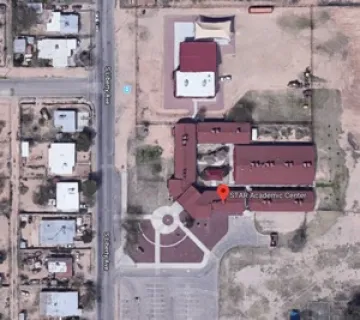
Figure 1. Location of STAR Academic High School (image from Google Maps)
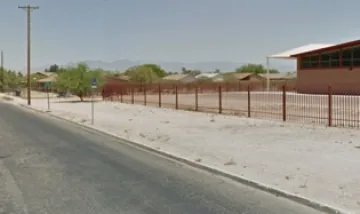
Figure 2. Bus stop at Star Academic High School before engagement (image from Google Maps).
Since the summer 2017, we have been working with people from Star including the principal, teachers and staff, to design and implement green infrastructure at this school. We partnered with local organizations (Tierra y Libertad Organization, Watershed Management Group, Sonoran Institute), and recruited University of Arizona students to help with engagement and the implementation. Prof. Bo Yang used this site for his landscape architecture studio during the spring 2018 and his students produced a landscape design for the school. This project has attracted the interest of the media. It was featured in High Country News and was described in Landscape Architecture Magazine. Our work was also recognized by the Sunnyside Unified School District.
As part of this project, UA students, Alec Kelly-Jonesand Elena Santana, and I worked with Tom Fisher from the City of Tucson Department of Transportation to explore the possibility of providing a bus shelter (refurbished or new) to this neighborhood that can serve the student population at Star. To better understand student needs, we designed and facilitated a short survey collaboratively with Star students to collect data on the use of the bus stop with the intention to gauge the usage of the bus stop by the school community. We used Qualtrics software to create the survey and sent the link of the electronic questionnaire to the school Principal, Marsha Flores, asking her to distribute the link to the listservs of the school community, including students, faculty, and staff. We also asked the principal to forward the invitation email to the listserv of the parents of the students. The questionnaire was confidential and anonymous.
Some 109 people responded the survey (N = 109). Most respondents are students at Star. 87.96 of the participants identified themselves as students, while 6.48 percent are staff and 4.63 percent are faculty. Our findings indicate that about 40 percent of the school community currently use the bus stop. 29.36 percent of the respondents answered “Definitely yes” to the question “Do you usually use the bus stop?” and 9.17% answered “probably yes.” In addition, 14.68 percent answered “might or might not,” which indicates that there is a potential group of people who might use this bus stop in the future (Figure 3).
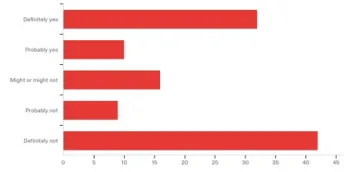
Figure 3. Results of question, “Do you usually use the bus shelter at Star?”
Regarding the potential use of the bus stop in the event a bus shelter is provided, our results suggest that in the event that about 50 percent of our sample population will likely use the bus stop (Figure 4). 26.17 percent of respondents answered that they are extremely likely to use the bus stop if there is a bus shelter, and 23.6 percent answered that they are somewhat likely to use it. These findings indicated that installing a bus shelter in the bus stop at Star would benefit significantly the school population, as it would serve the majority of the school (more than 50 percent).
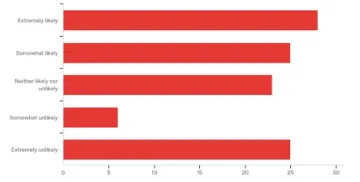
Figure 4. Responses to the questions “If the bus shelter is installed, how likely are you to use the bus stop?”
As a consequence of this brief study, the City of Tucson Department of Transportation decided to fund this project. They created a concrete slab along the street and installed a bus shelter following all the necessary specifications and building codes. This summer, the bus shelter was inaugurated and today people traveling to and from Star Academic High School can use this public transit infrastructure. As classes are about to start for students at Star, the school is better prepared to receive their incoming students (Figure 5).
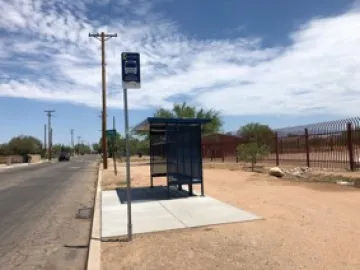
Figure 5. Bus shelter at Star Academic High School
This infrastructure combined with raingardens created with the generous help of volunteers from the school, the community, and the University of Arizona last year, walking to school is likely to become less uncomfortable for students at Star (Figure 6). Future plans for this coming fall include the creation of raingardens along the street, by cutting curbs and harvesting stormwater that runs off the street.
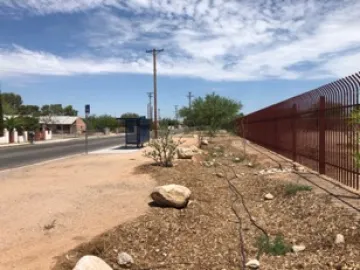
Figure 6. Bus shelter and raingarden along right-of-way of Star Academic High School

